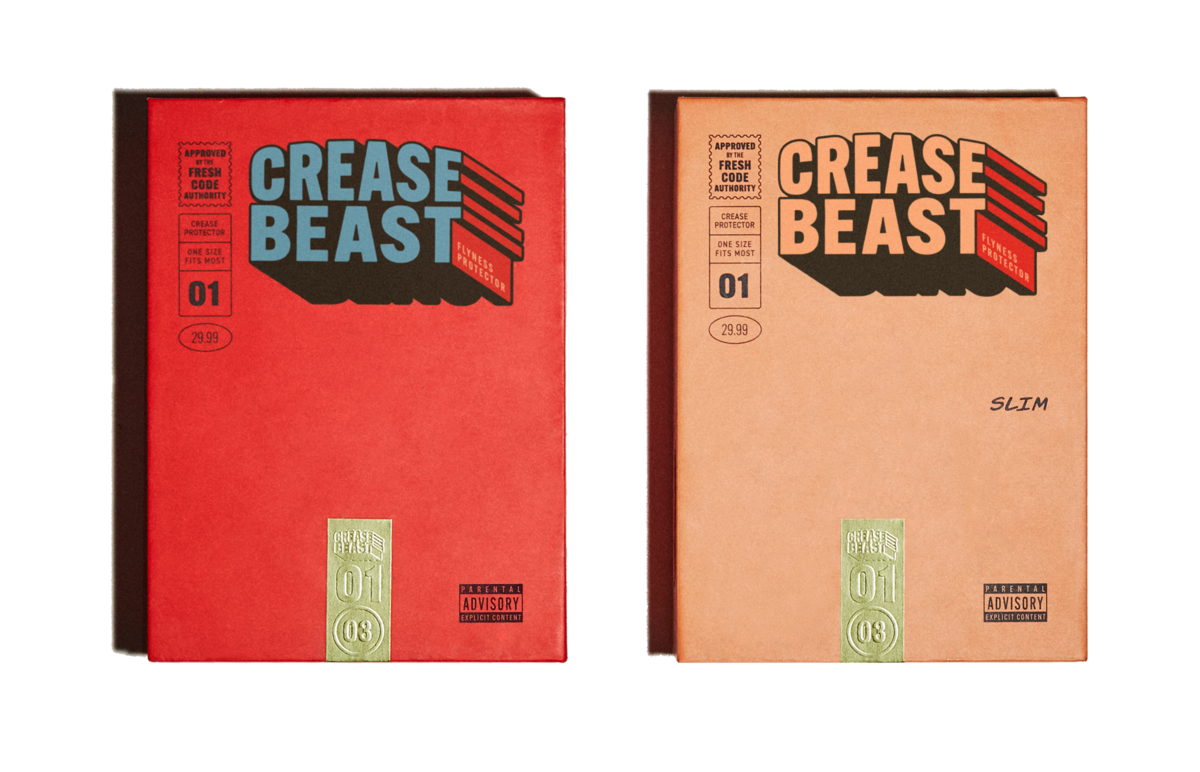Crease Management in Medical and Orthopedic Shoes
When it comes to foot health, medical and orthopedic shoes play a crucial role in providing comfort, support, and relief for various foot conditions. One of the key factors that impact the effectiveness of these shoes is crease management. In this article, we will delve into the importance of crease management, explore its implications on foot health, and discuss the challenges associated with different approaches.
The Significance of Crease Management
Creases in medical and orthopedic shoes can affect both the functionality and aesthetics of the footwear. From a functional perspective, excessive creasing can hamper the shoe's ability to provide adequate support and stability. Additionally, creases can cause discomfort and friction, leading to potential foot conditions such as blisters, calluses, and corns.
From an aesthetic standpoint, creases can impact the overall appearance of the shoe and may give the impression of wear and tear, affecting the wearer's confidence. To address these concerns, it is important to prioritize crease management in the design and construction of medical and orthopedic shoes.
Prevention and Treatment Strategies
Proper crease management starts with prevention and includes various strategies to mitigate the formation of excessive creases. High-quality materials, such as durable leather or synthetic options, can help maintain the shoe's structure and minimize creasing. Additionally, reinforced toe boxes and midsoles can provide added stability and prevent excessive bending and creasing during movement.
In cases where creases have already formed, treatment methods can be employed. The use of shoe trees or inserts can help reshape the shoe and minimize creasing. Regular cleaning and maintenance can also contribute to crease reduction, as dirt and debris can exacerbate creasing. It is worth noting that while treatment strategies can improve the appearance of the shoe, prevention is always the best approach.
Considerations and Tradeoffs
When addressing crease management, it is essential to strike a balance between functionality and aesthetics. While minimizing creases can enhance the shoe's support and durability, it may come at the expense of flexibility and ease of movement. Likewise, focusing solely on aesthetics may compromise the shoe's ability to provide adequate support and comfort.
Furthermore, the effectiveness of crease management strategies can vary depending on individual foot conditions. For example, individuals with foot conditions such as bunions or hammertoes may require shoes that offer more flexibility and accommodation, which may result in increased creasing.
The Role of Podiatry in Crease Management
Podiatrists play a vital role in guiding individuals towards appropriate medical and orthopedic footwear. They consider factors such as foot anatomy, specific conditions, and individual needs when recommending shoes that effectively manage creasing while addressing other foot health concerns.
By seeking professional advice and considering the expertise of podiatrists, individuals can make informed decisions about crease management in their medical and orthopedic shoes, ultimately maximizing both comfort and foot health.
Conclusion
Crease management in medical and orthopedic shoes is a multifaceted aspect that impacts both functionality and aesthetics. By prioritizing crease prevention and employing treatment strategies when necessary, individuals can effectively manage creasing and maintain foot health.
It is crucial to strike a balance between functionality and aesthetics, recognizing the tradeoffs involved in crease management. Additionally, seeking professional guidance from podiatrists ensures that decisions about crease management in medical and orthopedic shoes are well-informed and tailored to individual needs.
